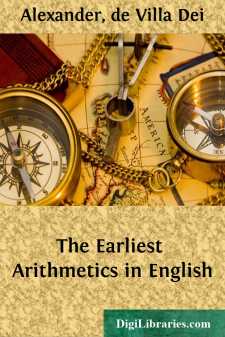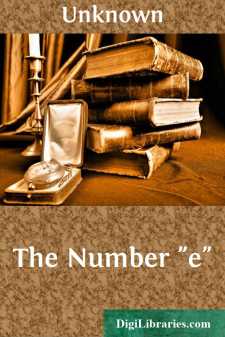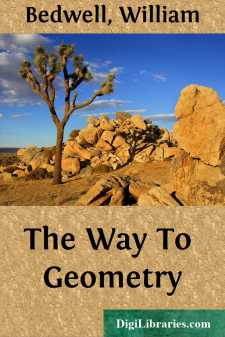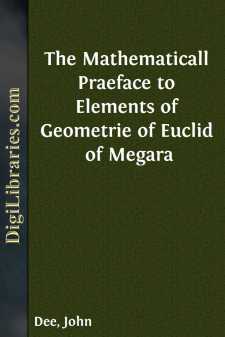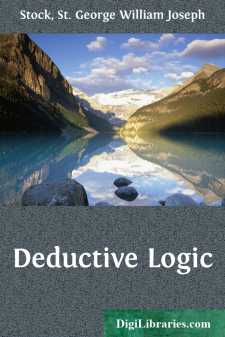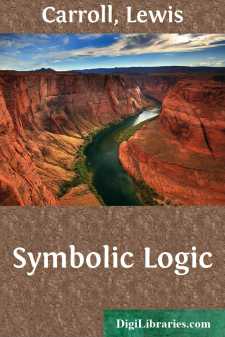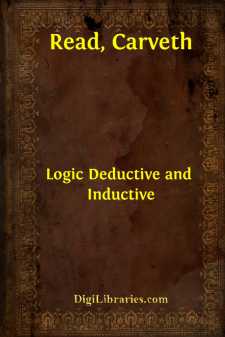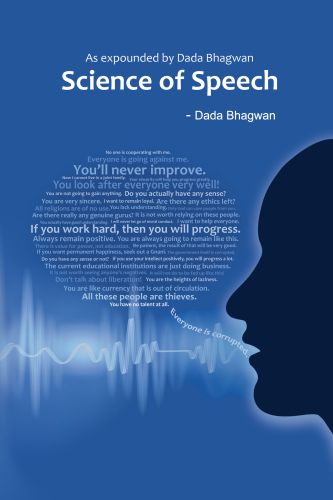Categories
- Antiques & Collectibles 13
- Architecture 36
- Art 48
- Bibles 22
- Biography & Autobiography 813
- Body, Mind & Spirit 142
- Business & Economics 28
- Children's Books 14
- Children's Fiction 11
- Computers 4
- Cooking 94
- Crafts & Hobbies 4
- Drama 346
- Education 46
- Family & Relationships 57
- Fiction 11829
- Games 19
- Gardening 17
- Health & Fitness 34
- History 1377
- House & Home 1
- Humor 147
- Juvenile Fiction 1873
- Juvenile Nonfiction 202
- Language Arts & Disciplines 88
- Law 16
- Literary Collections 686
- Literary Criticism 179
- Mathematics 13
- Medical 41
- Music 40
- Nature 179
- Non-Classifiable 1768
- Performing Arts 7
- Periodicals 1453
- Philosophy 64
- Photography 2
- Poetry 896
- Political Science 203
- Psychology 42
- Reference 154
- Religion 513
- Science 126
- Self-Help 84
- Social Science 81
- Sports & Recreation 34
- Study Aids 3
- Technology & Engineering 59
- Transportation 23
- Travel 463
- True Crime 29
The Earliest Arithmetics in English
Categories:
Description:
Excerpt
INTRODUCTION
The number of English arithmetics before the sixteenth century is very small. This is hardly to be wondered at, as no one requiring to use even the simplest operations of the art up to the middle of the fifteenth century was likely to be ignorant of Latin, in which language there were several treatises in a considerable number of manuscripts, as shown by the quantity of them still in existence. Until modern commerce was fairly well established, few persons required more arithmetic than addition and subtraction, and even in the thirteenth century, scientific treatises addressed to advanced students contemplated the likelihood of their not being able to do simple division. On the other hand, the study of astronomy necessitated, from its earliest days as a science, considerable skill and accuracy in computation, not only in the calculation of astronomical tables but in their use, a knowledge of which latter was fairly common from the thirteenth to the sixteenth centuries.
The arithmetics in English known to me are:—
(1) Bodl. 790 G. VII. (2653) f. 146-154 (15th c.) inc. “Of angrym ther be IX figures in numbray . . .” A mere unfinished fragment, only getting as far as Duplation.
(2) Camb. Univ. LI. IV. 14 (III.) f. 121-142 (15th c.) inc. “Al maner of thyngis that prosedeth ffro the frist begynnyng . . .”
(3) Fragmentary passages or diagrams in Sloane 213 f. 120-3 (a fourteenth-century counting board), Egerton 2852 f. 5-13, Harl. 218 f. 147 and
(4) The two MSS. here printed; Eg. 2622 f. 136 and Ashmole 396 f. 48. All of these, as the language shows, are of the fifteenth century.
The Crafte of Nombrynge is one of a large number of scientific treatises, mostly in Latin, bound up together as Egerton MS. 2622 in the British Museum Library. It measures 7” × 5”, 29-30 lines to the page, in a rough hand. The English is N.E. Midland in dialect. It is a translation and amplification of one of the numerous glosses on the de algorismo of Alexander de Villa Dei (c. 1220), such as that of Thomas of Newmarket contained in the British Museum MS. Reg. 12, E. 1. A fragment of another translation of the same gloss was printed by Halliwell in his Rara Mathematica (1835) p. 29. It corresponds, as far as p. 71, l. 2, roughly to p. 3 of our version, and from thence to the end p. 2, ll. 16-40.
The Art of Nombryng is one of the treatises bound up in the Bodleian MS. Ashmole 396. It measures 11½” × 17¾”, and is written with thirty-three lines to the page in a fifteenth century hand. It is a translation, rather literal, with amplifications of the de arte numerandi attributed to John of Holywood (Sacrobosco) and the translator had obviously a poor MS. before him. The de arte numerandi was printed in 1488, 1490 (s.n.), 1501, 1503, 1510, 1517, 1521, 1522, 1523, 1582, and by Halliwell separately and in his two editions of Rara Mathematica, 1839 and 1841, and reprinted by Curze in 1897.
Both these tracts are here printed for the first time, but the first having been circulated in proof a number of years ago, in an endeavour to discover other manuscripts or parts of manuscripts of it, Dr....


